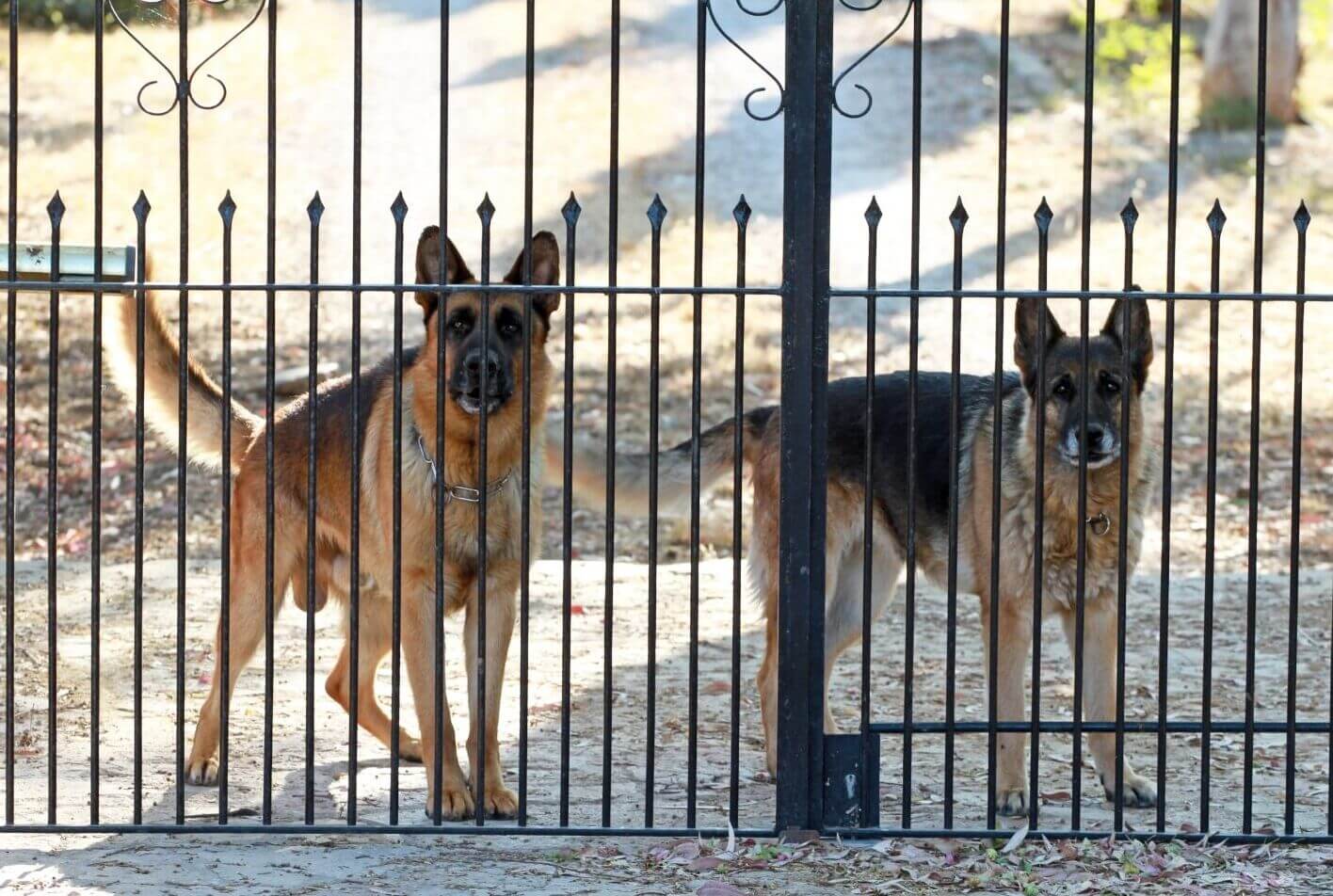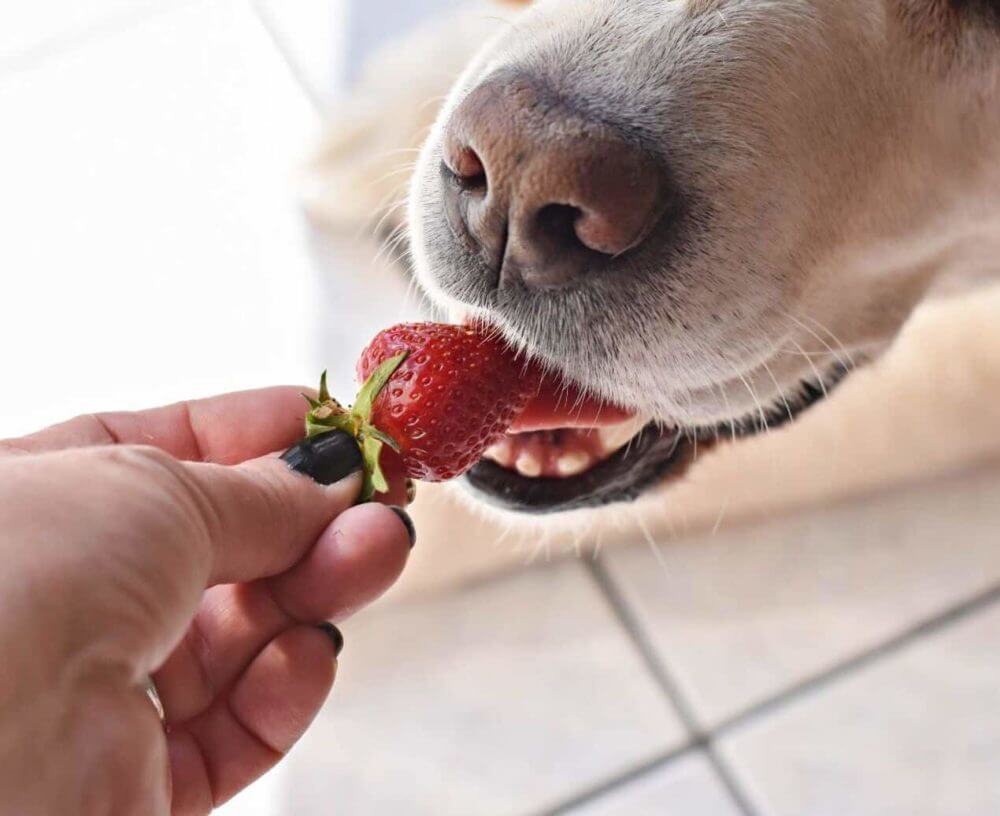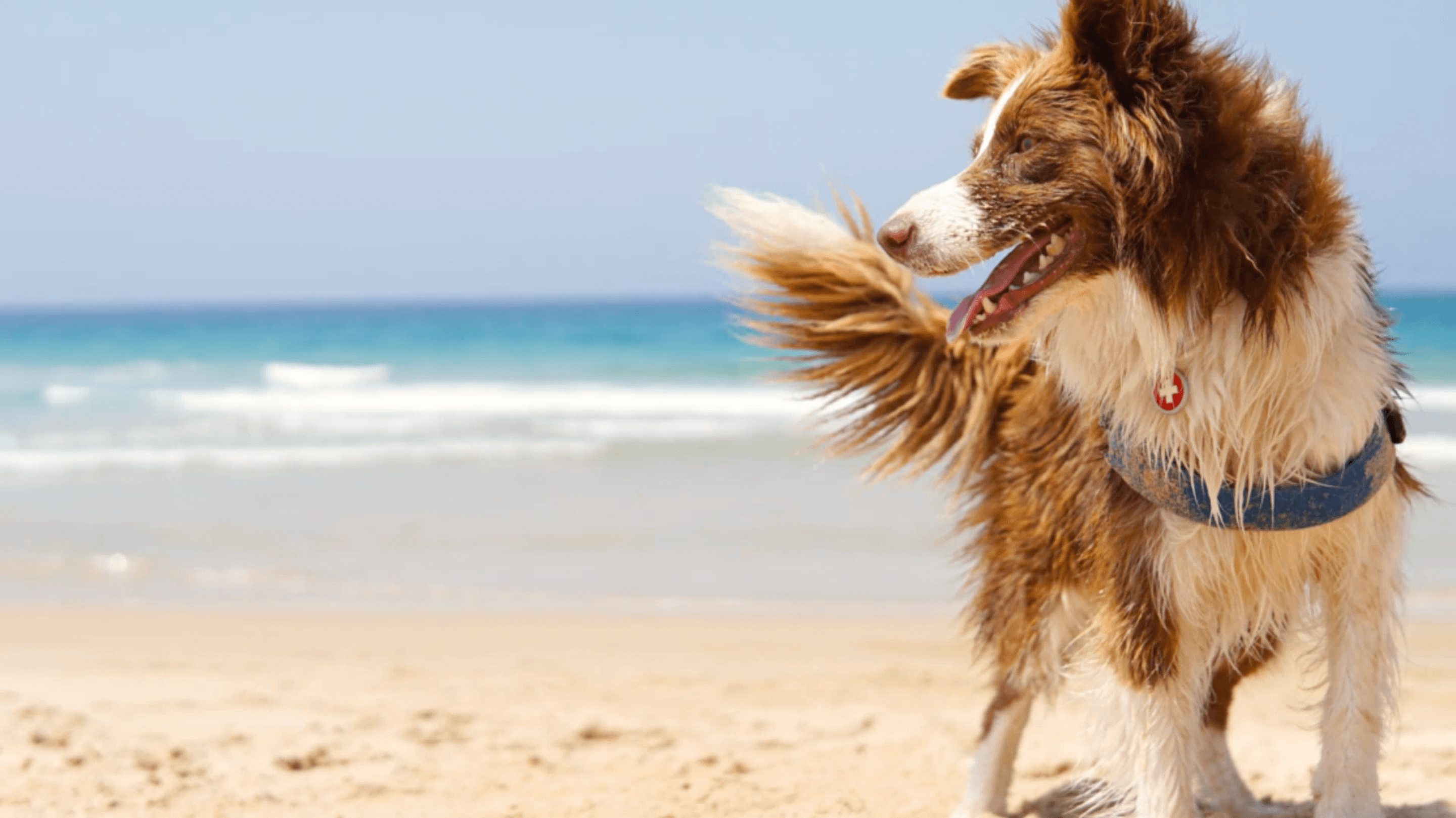Dog nail trimming isn't always an easy task. Depending on your pup’s size and character, nail trimming can be frustrating and nerve-wracking. However, one of the main reasons why pet parents avoid trimming their dog’s nails is actually because they are afraid of hurting them. That is why we’ve developed a complete guide for you to learn how to trim dog nails safely and easily.
How to trim dog nails
What happens if I don’t trim dog nails?
Even though dog nail trimming might be difficult and tricky, it is essential for proper dog grooming. Long nails in dogs have different consequences, and none of them are positive. Some of them can be:
-
Pain. Just as if you had to do your everyday activities with your toe nails overgrown, dogs with long nails can feel discomfort and pain.
-
Less traction. Long nails take away your dog’s traction, making it more difficult to climb and hold to the surfaces, making it easy for them to slip and fall.
- Vulnerability to breaking. Naturally, when nails are longer than they should, they can suffer ruptures and breakings, which can be painful for your pup.
Steps to a successful dog nail trimming: How to trim dog nails at home?
-
Give him a tasteful snack to lick beforehand. Dogs can get really nervous while you trim their nails, so make sure to provide a soothed and calm environment for them to feel comfy and relaxed. You can use this moment to feed him his favorite snack since it will keep him busy and will create a positive association, especially if there’s licking involved.
-
Start slowly and carefully. When it comes to nail trimming, it is always better to begin with small cuts and then keep going. You can start by cutting approximately 2 mm, and go on from there. Trimming your dog’s nails too close to his toes can cause severe damage, pain, and bleeding. Tip: Go extra easy if your dog’s nails are black since they can be harder to spot.
-
Choose the right clipper. There are different types of clippers for dog nail trimming, and it is essential to choose the right fit for your pup.
- Scissors-type. If your dog’s nails are too long and curvy, you might definitely want to go for this clipper.
- Guillotine type: This kind of clipper is useful for short and medium breeds, whose nails are trimmed on a regular basis.
- Dual-blade type: Specially designed for large dog breeds with thick or hard nails.
- Nail grinder: If your dog suffers from anxiety, you might want to choose a nail grinder instead of a clipper. It is gentle and it doesn’t apply pressure, or results in sharp edges.
-
Restrain his movement. If your dog is hyperactive and gets too excited during this process, you can consider restraining his movement by using your arms and upper body. However, if your dog seems anxious or nervous, don’t force him to keep going since he can easily get hurt. You can both take a break and try again later.

Dual blade type



How often should I trim my dog’s nails?
Even though this recommendation can vary depending on your pup, his activities, age, health, etc. As a general rule, you should consider trimming your dog’s nails once they start to touch the ground.
How to trim dog nails that are overgrown
If this is your first time trimming your dog’s nails, and you think they might be overgrown, don’t worry. You can use the scissors-type clipper, which is particularly good for dogs with long and curvy nails.
Should dewclaws be trimmed?
Yes, absolutely! Dewclaws should be trimmed and not be removed unless it is advised by a vet. They are just like every regular toenail, and they should be treated as such.





